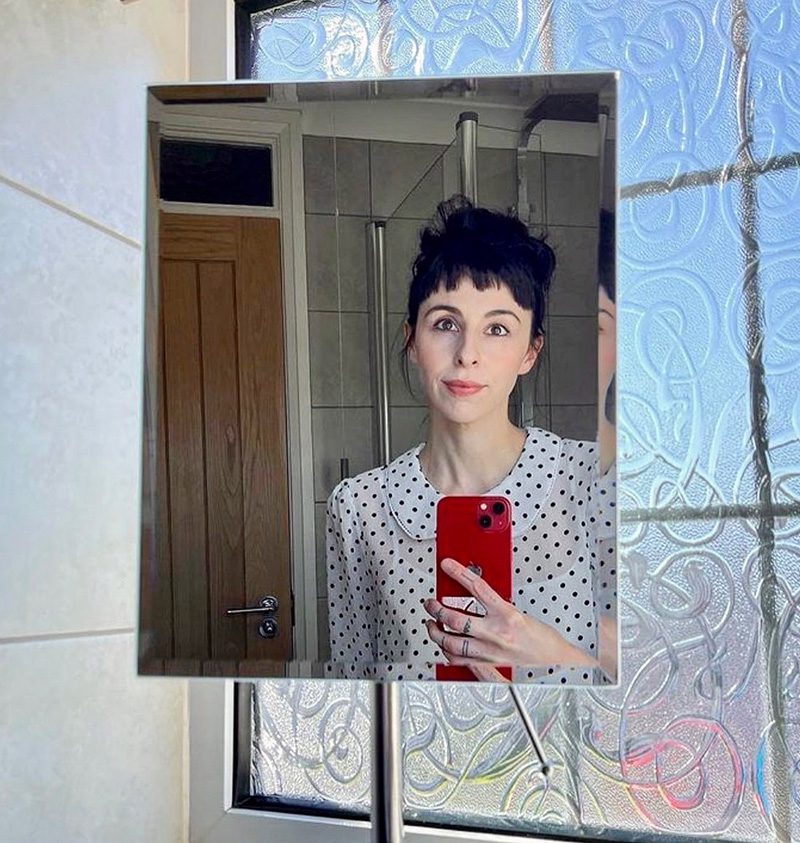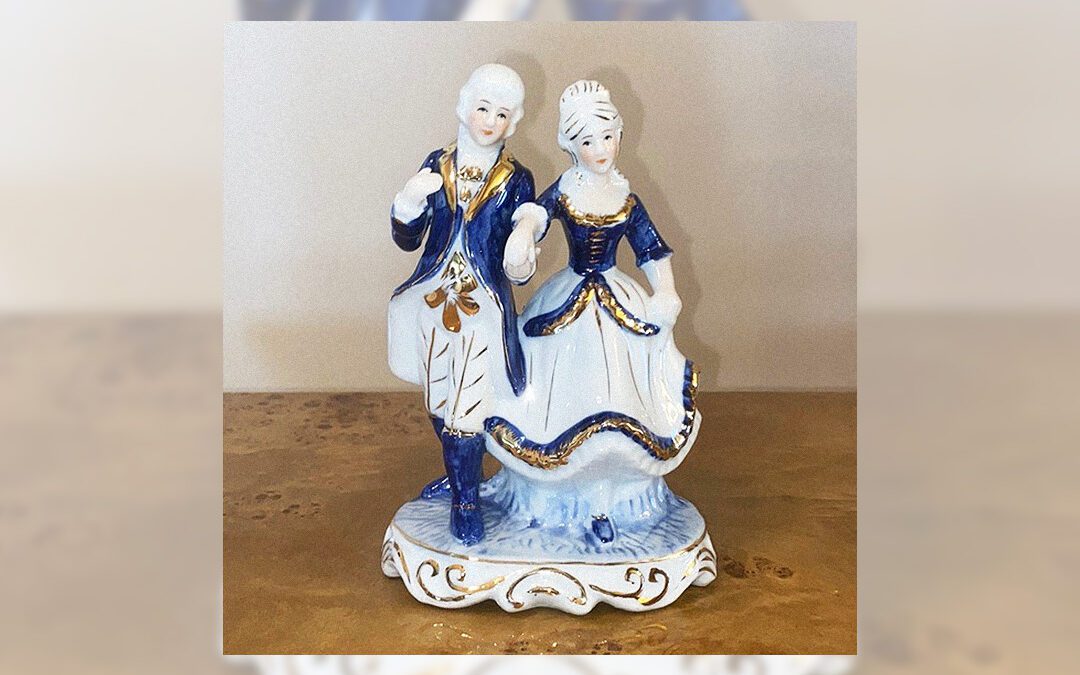Sourced from Google
Years ago when I was a new immigrant, learning to live in America, we watched Antique Roadshow, a live TV series where experts offered to appraise family heirlooms or dusty, forgotten oddities discovered in attics and cellars.
As the camera slowly panned an object, a hopeful owner or a thoughtful expert, the music and the tension would build until the denouement….surprised delight or sober disappointment.

Dr. Amy Williams selfie
Dr Amy Williams has just mailed her completed manuscript to her publisher, Cadmen House. Her book is titled, Transnational Memories of the Kindertransport. It is based on her PhD studies.
She also sent me a copy! I began to read and The Roadshow as a metaphor for evaluating the treasures stored in my memories, popped on to the screen of my mind like an iPhone notification.
Amy, has studied the Holocaust, especially the Kindertransport and encouraged by her professor, Bill Niven, she has evaluated The Kindertransport from every angle. Her expertise and informed analysis is about to be made public.

Front of my original Kindertransport label

Back of my original Kindertransport label
Amy and I have formed a close virtual friendship and hope to meet each other in Germany very soon.
Her questions, her kindness and understanding have encouraged me to dig deeper into my past, opening unexplored places, revealing new insights, leading to fresh healing.
And she invited me to write the Epigraph for her book!
I soberly take my place as a child of the Kindertransport, awed by the gift of life, sorrowing
in the losses, surprised I am still here, confident in my contribution to the discussion but
aware of my limited experience, insights and the fragility of my hopes. I am heartened and a
little surprised by the way interest in the Kindertransport has increased during the last few
years even though the number of actual survivors decreases. I’m thankful for
commemorations on specific historical dates associated with the Kindertransport and hope
annual remembrances will continue. I think my responses to commemorations have grown
with my own inner healing. The first memory of commemorations was November 22, 2008,
the 70′ reunion of the Kindertransport, that was only the beginning and my willingness to
feel the emotions were still limited. Whereas today I am passionate about commemorations
of the Shoah as a way to warn against the rise of tyranny in our world today. I think of
Kindertransport remembrance as a warning and the opportunity for renewal. Looking back
only as far as my childhood as a 7 year old Jewish/German, I can see a frightening link
between the ideas gripping peoples’ minds in the 1930’s and the present. Taking part in the
Kristallnacht commemoration with local citizens in Gemünd my first home, speaking my
parents’ names in the street in front of our former home, and further down the street saying,
Kurt Meier, in front of his home, Kurt, my best friend who perished in Auschwitz, for me my
most significant relationships were authenticated. The same with the laying of the
stolpersteine in Koblenz for my 3 aunts, perhaps even more so, because my memories of their
lives are much dimmer. As I answer I realize how I treasure these very personal
commemorations in Germany, with Germans. But then I remember the journey to Poland
with 9 others, following my parents to their ending and the second visit to Chelmno with a
group of grieving Germans. A week of public commemorations in Dolny Kubin, Slovakia,
with many schools and leaders in the community, unconnected to my personal history and yet
totally unforgettable. Why was that? I think it was the organizer, Pavol. He was convinced
that his home town was still suffering the consequences of their cruelty to their former Jewish
citizens. He was a man of prayer and led the community into a deeply personal and authentic
engagement with the past. For me it is important to visit actual places associated with events
in the life history of the Kinder, to create ceremonies honoring specific memories. To say the
names of lost loved ones in the places where they lived.
Hanna Zack Miley, Kindertransport survivor
A fragile, enduring treasure.

